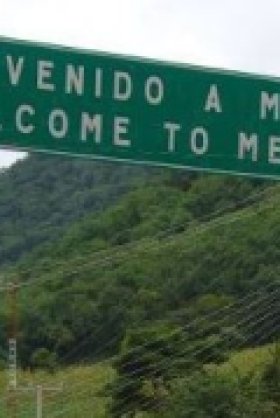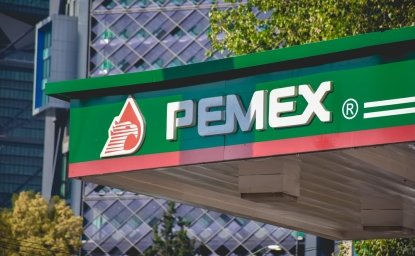Mexico’s Southern Border Strategy: Programa Frontera Sur


July 11, 2014 By Christopher Wilson and Pedro Valenzuela
The most common adjective used to describe Mexico’s southern border with Guatemala and Belize is probably ‘porous.’ The large volume of Central American migrants, including many families and unaccompanied minors, crossing the border on their way north to the United States suggests as much. The simultaneous operation of criminal groups involved in drug trafficking, human trafficking, migrant smuggling and other sinister pursuits in the region adds several layers to the challenge.
Though these issues are not entirely unlike those faced at the U.S.-Mexico border, the context—in terms of border infrastructure, economic development and the number of border and public security officials stationed in the region, among other things—is quite different. In response to these challenges, and also in an effort to facilitate the legal flow of commerce, tourism and guest workers, Mexican President Enrique Peña Nieto launched the Programa Frontera Sur (Southern Border Program) on July 7, 2014.
The program has two main objectives: first, to protect migrants who enter Mexico, and second, to manage the ports of entry in a way that promotes the security and prosperity of the region. Download the document below to read about the program and its five key components.
Authors


Mexico Institute
The Mexico Institute seeks to improve understanding, communication, and cooperation between Mexico and the United States by promoting original research, encouraging public discussion, and proposing policy options for enhancing the bilateral relationship. A binational Advisory Board, chaired by Luis Téllez and Earl Anthony Wayne, oversees the work of the Mexico Institute. Read more




